Typically, dogs are valued for their obedience and usefulness. Many dog breeds have been raised for sport and for their qualities as hunters, herders and workers. Most of us, however, love dogs for the way they are so friendly, attentive and cuddlesome. Kids, especially, are gifted with pet dogs to be their toy or companion dogs. In fact, nowadays having a pet dog is considered a normal part of childhood in nearly all parts of the world.
There are several breeds of small dogs and puppies that are regarded as good companions for children. These are dogs that are kept not for the purpose of doing specific tasks but simply for the pleasure of their friendly company. These breeds typically have characteristic traits of being submissive or docile, attractive and pleasing to the eye, playful, affectionate and loyal.
Companion dogs can be large or small, but "toy" dogs are typically small. The practice of breeding and keeping small pretty dogs as pets can be traced back many centuries to the nobility in China who used them as court ornaments, as status symbols, and as gifts and tokens of goodwill between fiefdoms. These dogs were usually the Pekingese and the pug.
In more recent centuries, toy dogs became the house pets and children's companions that they are now. They are sometimes referred to generically as "lap dogs" because they are suitably small to be held in a person's arms or to lie on one's lap. (According to legend, lap dogs also were used as "comforters"-to give warmth to a person's abdomen and help digestion.)
Some of the more popular toy dog breeds are the following: basset hound, poodle, beagle, boxer, bulldog, Chihuahua, Shih Tzu, Pomeranian, Yorkie, Maltese, Bichon Frise, pit bull terrier, Tibetan spaniel, fox terrier, miniature schnauzer, and so forth. These dogs are also convenient to care for because they don't need vigorous exercise and can be taken almost anywhere. Note, though, that there are breeds that are small but are not very tolerant of children. These include the dachshund, Pekingese, Rottweiler and Chow Chow, which tend to have domineering temperaments.
To reiterate, a child who grows up without a pet is said to be missing a lot. But to select a good toy dog for your child and ensure a good match and healthy relationship between them, you will need to consider first whether the child is allergic to fur, and whether the dog should be kept indoors or should live outside. If your dwelling is rented, does the landlord allow pet dogs? Your choice of pet should consider the well-being of both your child and the dog by matching their respective natures or personality traits.
A second thing to look out for is the health of the pet. A healthy dog is generally happy and of peaceable temperament. It has a good appetite and its movements are full of energy and without pain. It has clear and bright eyes, a dry nose that is free of discharge, and a coat that is glossy and full. In time, you and your child will be able to tell when the dog is displaying a physical or behavioral abnormality and you should take proper action immediately.
Vaccinations are of course a necessity. They should be kept track of because the intended immunity will greatly diminish with time. Dogs also can carry hereditary diseases that will not be detected until they have reached the age of 18 months.
Then there is the matter of house-training and potty-training the dog, which you will need to take care of as well. Furthermore, in order to avoid having a reticent and unruly pet, you will need to impart some form of obedience training, and it needs to be done in such a way that the dog will take your child's commands, not only yours. Obedience training is said to be the foundation for solving almost any behavior problem and is recommended when a bond with the pet has been established. As a general rule, refer specific training needs to a professional dog trainer.
By showing your child that pet care is more than taking long walks together and feeding and grooming the dog, you will help your child gradually develop his or her sense of responsibility. When the child learns to ensure that the physical and emotional needs of his or her pet are met, it will contribute to the child's own emotional growth and learning about life.

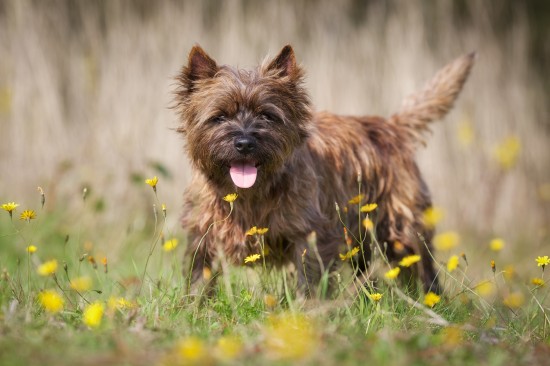 Grooming Tips For A Cairn Terrier Puppy
Grooming Tips For A Cairn Terrier Puppy
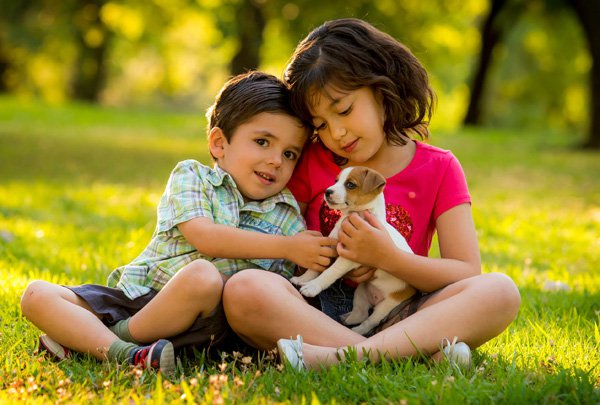 Importance of Giving Your Dog the Best Food and Caring
Importance of Giving Your Dog the Best Food and Caring
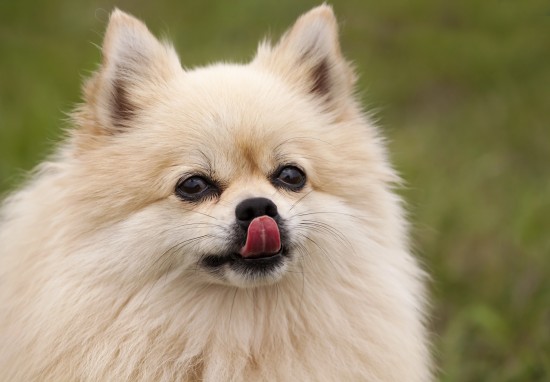 An Insight Into The Taste Buds Of The Dog, And How They Taste Their Food
An Insight Into The Taste Buds Of The Dog, And How They Taste Their Food
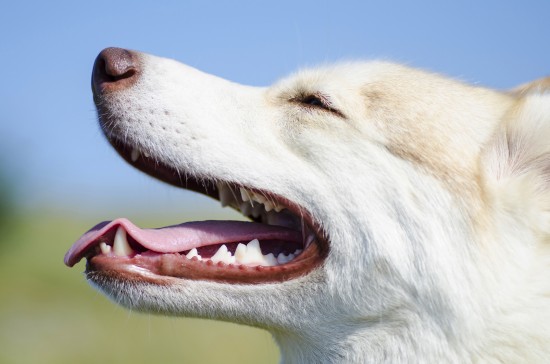 Preventing Secondary Issues That Can Be Caused By Dental Disease In The Dog
Preventing Secondary Issues That Can Be Caused By Dental Disease In The Dog
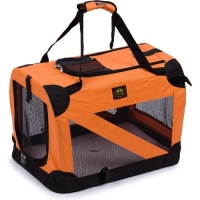 Collapsible Dog Crates And Other Pet Carriers For Air Travel
Collapsible Dog Crates And Other Pet Carriers For Air Travel
 Are Flea And Tick Preventives Safe?
Are Flea And Tick Preventives Safe?
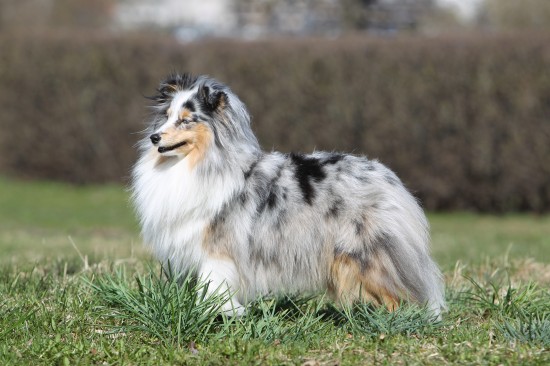 The Blue Merle Shetland Sheepdog Gene And What It Means For Dogs
The Blue Merle Sh
The Blue Merle Shetland Sheepdog Gene And What It Means For Dogs
The Blue Merle Sh
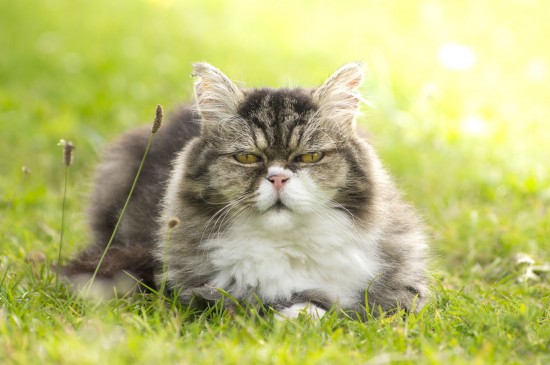 Health Issues Common To Older Cats
Health Issues Com
Health Issues Common To Older Cats
Health Issues Com
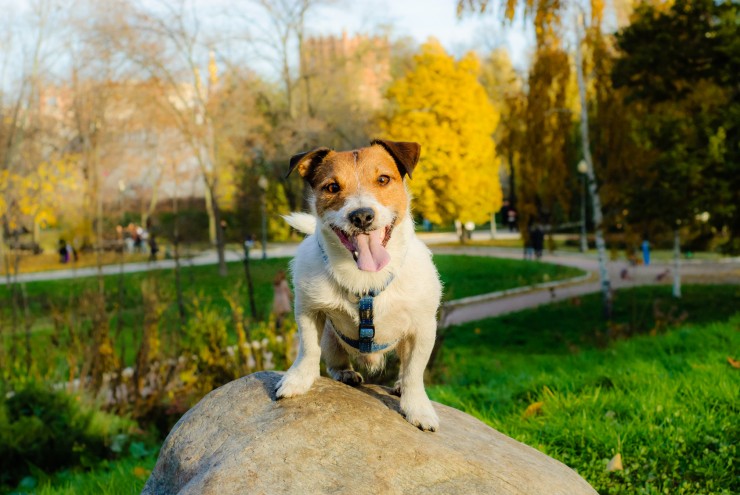 5 Great Things To Do With Your Dog This Autumn
5 Great Things To
5 Great Things To Do With Your Dog This Autumn
5 Great Things To
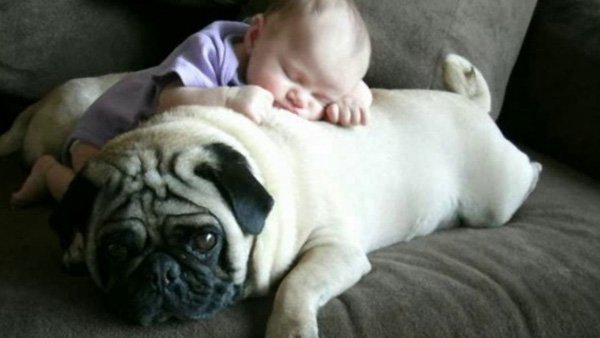 Provide Your Pet with Best Dog Clothes and Dog Food Supplies for Keeping Them Happy
Provide Your Pet with Best Dog Clothes and Dog Food Suppli
Provide Your Pet with Best Dog Clothes and Dog Food Supplies for Keeping Them Happy
Provide Your Pet with Best Dog Clothes and Dog Food Suppli
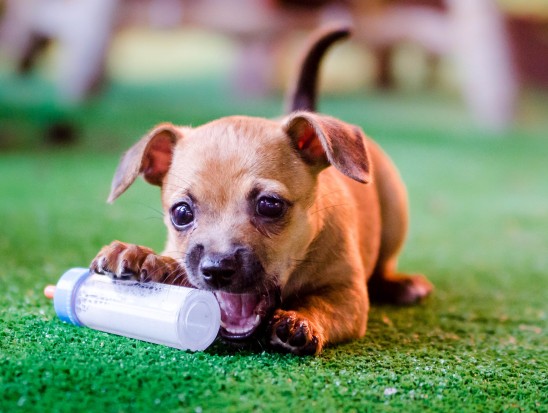 Survival Tips For When Puppy Is Teething
Survival Tips For
Survival Tips For When Puppy Is Teething
Survival Tips For